The most challenging 501 variation arguably involves handicapping skilled players, requiring exceptional accuracy and strategic play under pressure. This article explores the intricacies of handicapping in 501, delving into various handicap systems and their impact on the game, alongside other challenging modifications.
⚠️ Still Using Pen & Paper (or a Chalkboard)?! ⚠️
Step into the future! The Dart Counter App handles all the scoring, suggests checkouts, and tracks your stats automatically. It's easier than you think!
Try the Smart Dart Counter App FREE!Ready for an upgrade? Click above!
Understanding the 501 Darts Game
Before diving into the challenging variations, it’s crucial to have a solid understanding of the standard 501 darts game. 501 is a classic darts game where players start with 501 points and take turns throwing three darts, subtracting the score of each throw from their remaining total. The goal is to be the first to reach exactly zero, ending on a double. This means the final dart thrown must land in a double segment of the dartboard. If a player scores more points than needed, resulting in a negative score or a score of one, their turn is a “bust,” and their score reverts to what it was at the start of that turn.
This seemingly simple game involves complex strategies and a high degree of skill. Players must consider not only their accuracy but also their ability to plan their shots to leave themselves with a manageable double to finish the game. Moreover, mental fortitude is key, as pressure mounts when approaching the final checkout.
Handicapping: The Most Challenging 501 Variation
One of the most challenging 501 variations involves handicapping. Handicapping in darts aims to level the playing field between players of different skill levels. This can be achieved in several ways, each presenting unique challenges.
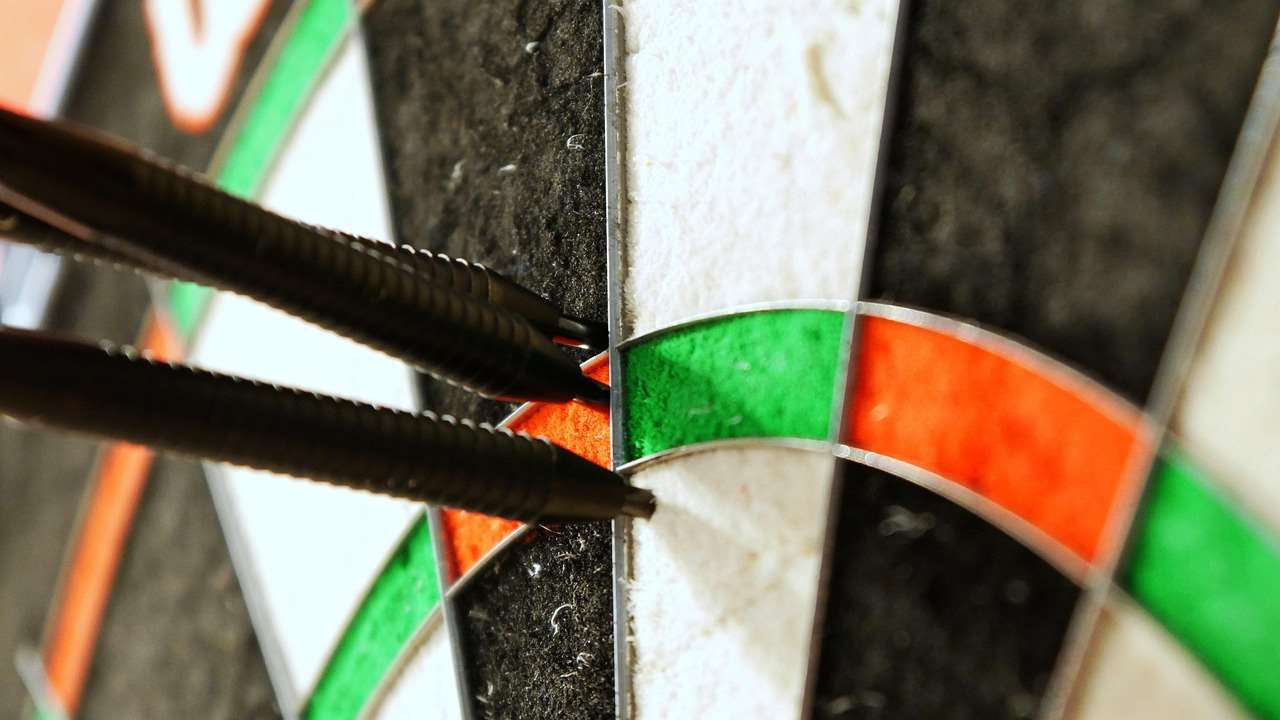
Point Handicaps
Perhaps the most straightforward method is to award a less skilled player extra points at the start of the game. For example, a beginner might start with 551 or even 601, while a seasoned player begins with the standard 501. While simple, this system can be surprisingly effective, forcing the stronger player to consistently score higher to overcome the deficit.
This variation adds pressure to the more skilled player as they have to outscore their opponent by a significant margin to close the gap. The weaker player, on the other hand, benefits from a cushion that allows them to focus on improving their game without feeling overwhelmed by a constant need to catch up.
Dart Handicaps
Another common form of handicapping is to reduce the number of darts the stronger player can throw per turn. For example, they might only be allowed to throw two darts instead of three. This significantly impacts their scoring potential and forces them to be incredibly accurate with each throw.
Reducing the number of darts makes checkout combinations trickier and adds a layer of complexity that even the most skilled players find challenging. It also requires adjustments to strategy, focusing on maximizing each throw’s value.
Target Handicaps
This is a particularly interesting and potentially frustrating handicap. The stronger player is restricted to aiming at only certain segments of the board for a specified number of throws or even the entire game. For instance, they might be forbidden from aiming at the treble 20, a common target for high scores.
This handicap forces the skilled player to diversify their scoring shots and develop accuracy in less frequently targeted areas of the board. It also introduces a significant element of unpredictability, as the player must adapt to unexpected bounces or misaimed throws without relying on their go-to scoring zones.
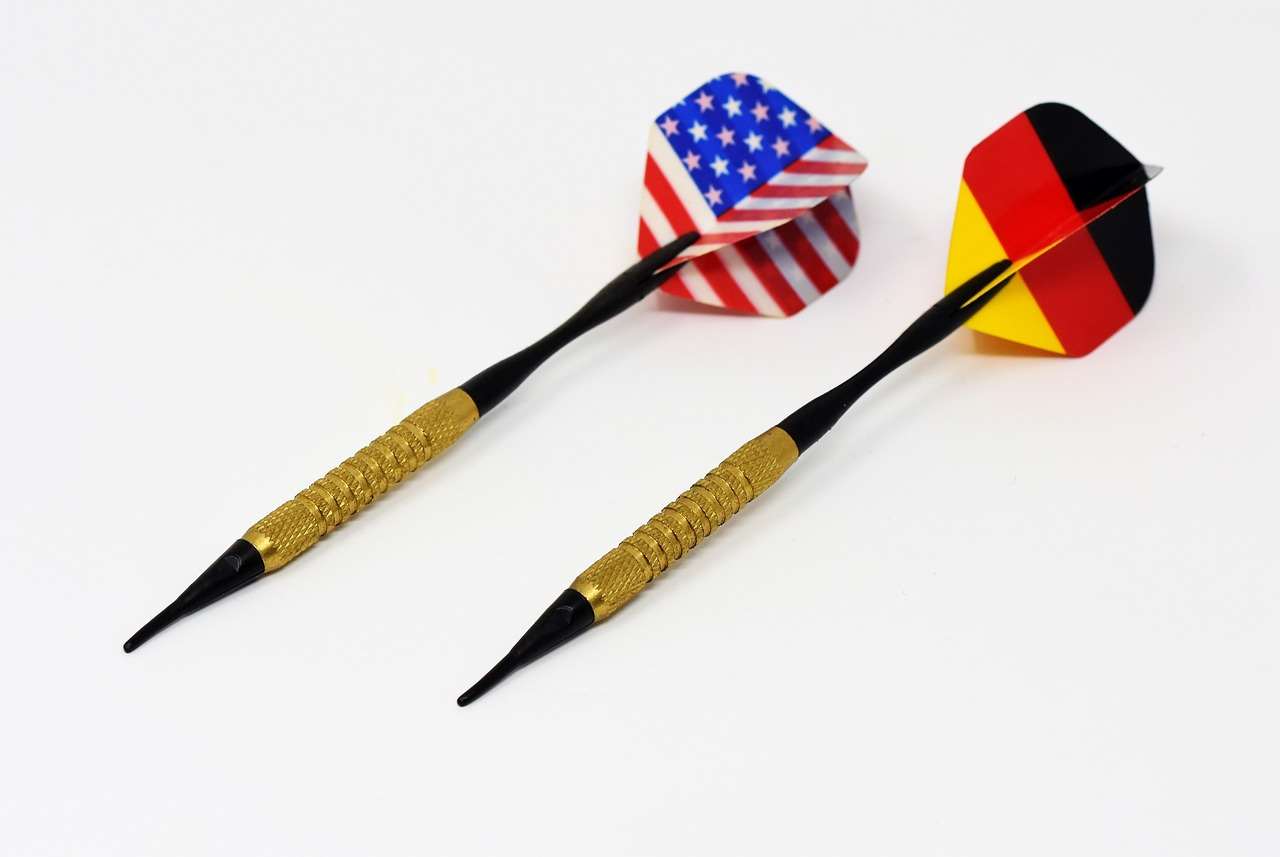
Exploring Darts Variants Fun Games showcases how handicapping is just one way to make darts more accessible and exciting.
Double-Out Handicaps
This handicap adds a layer of complexity to the finishing stage of the game. The stronger player might be required to finish on a specific double, such as double 16 or double 8, while the weaker player has a wider range of doubles to aim for. Alternatively, the stronger player might be forced to hit a ‘bullseye out’.
Limiting the checkout options can dramatically increase the difficulty, as it forces the player to strategically set up their final throws to leave themselves with the required double. A single miscalculation can result in a bust and a lost opportunity.
Other Challenging 501 Modifications
While handicapping provides perhaps the most challenging 501 variation, other modifications can significantly increase the game’s difficulty and complexity.
Masters Out
This variation requires players to finish the game by hitting a treble, double, and single in that order. If the target number to be hit is not divisible by 6, then you can not achieve the Masters Out.
This adds a layer of difficulty due to the specific checkout constraints.
Around the World
In this version, players must hit each number on the dartboard in sequence, from 1 to 20, before attempting to checkout. A variation on this is obscure dartboard games list that combines it with some target and skill-based modifications.
Around the world needs a high degree of accuracy.
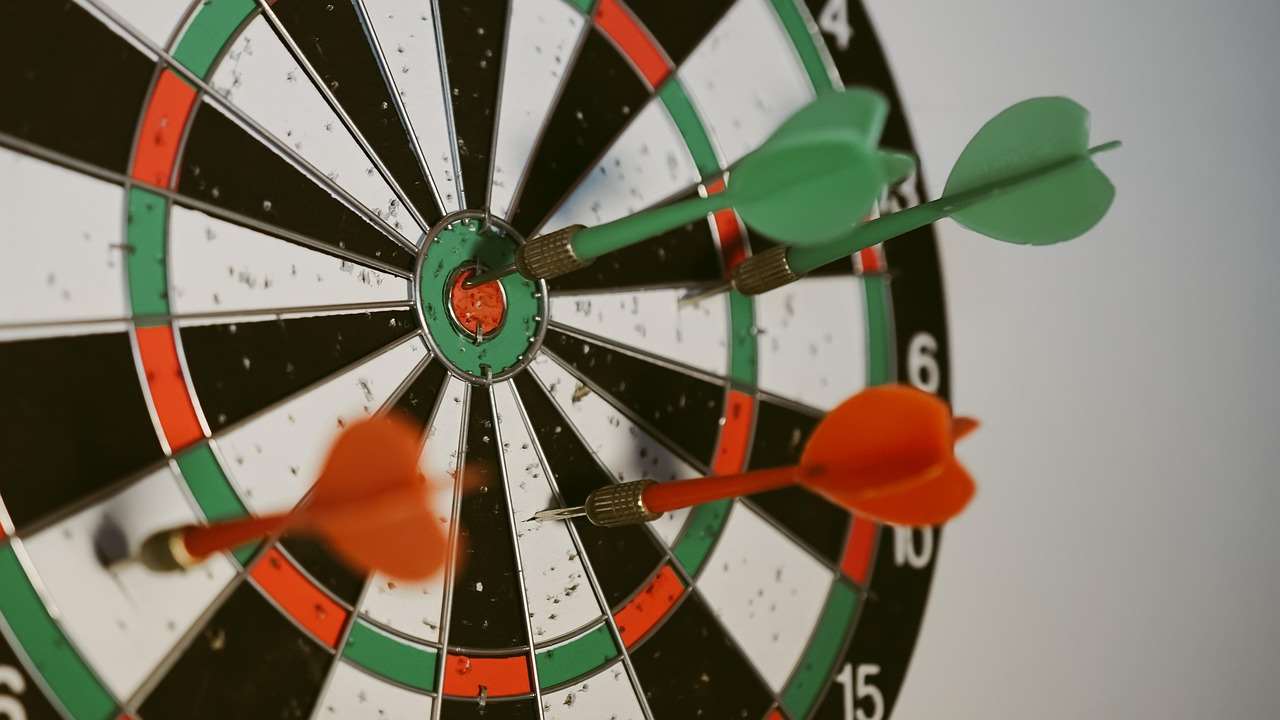
Shanghai
To achieve ‘Shanghai,’ you must hit a single, double, and treble of the same number in a single visit (turn). The first player to achieve this wins instantly. If no one achieves Shanghai before someone reaches zero, the standard 501 rules apply.
This requires a combination of skill and luck. If you are playing against a weaker player, aiming for Shanghai can be a great strategy.
No Score Zones
Designate specific areas of the dartboard as “no score” zones. Any dart landing in these areas results in zero points for that throw. This can be done by physically marking off sections of the board or simply agreeing on specific numbers or segments before the game begins.
This variation forces players to avoid certain areas, adding an extra layer of precision to their throws. It also requires a different strategic approach as players must adapt to the limitations imposed by the no-score zones. For example, you may make the treble 20 and double 20 no-score zones, forcing you to aim for the less-used parts of the board.
Adapting Your Strategy to Challenging 501 Variations
Regardless of the specific 501 variation being played, adapting your strategy is crucial for success. Here are some tips for navigating these challenges:
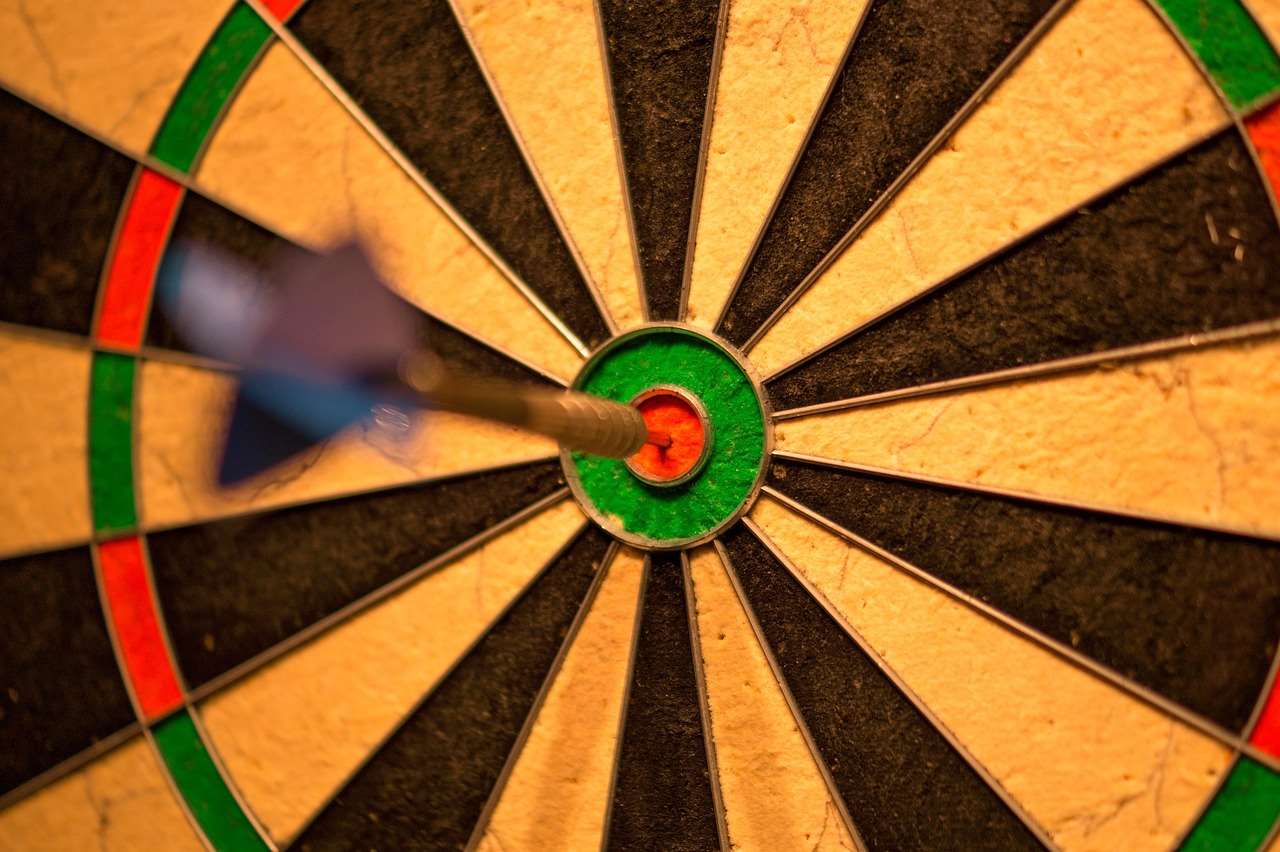
- Analyze the Rules: Carefully understand the specific rules and limitations of the chosen variation before you start playing.
- Practice Strategically: Focus your practice sessions on the skills required to excel in the chosen variation.
- Mental Fortitude: Stay calm and focused, especially when under pressure. Maintain a positive attitude.
- Observe and Adapt: Pay attention to your opponent’s strengths and weaknesses. Adapt your strategy accordingly.
- Embrace the Challenge: View challenging variations as opportunities to improve your skills and expand your understanding of the game.
The Enduring Appeal of 501 Darts
Despite the potential for complex and challenging variations, the core appeal of 501 darts remains its accessibility and engaging gameplay. Whether playing a standard game or experimenting with handicaps or other modifications, 501 offers endless opportunities for both casual fun and serious competition. Even looking at forgotten pub dart games offers new insight into the creative evolution of these game types.
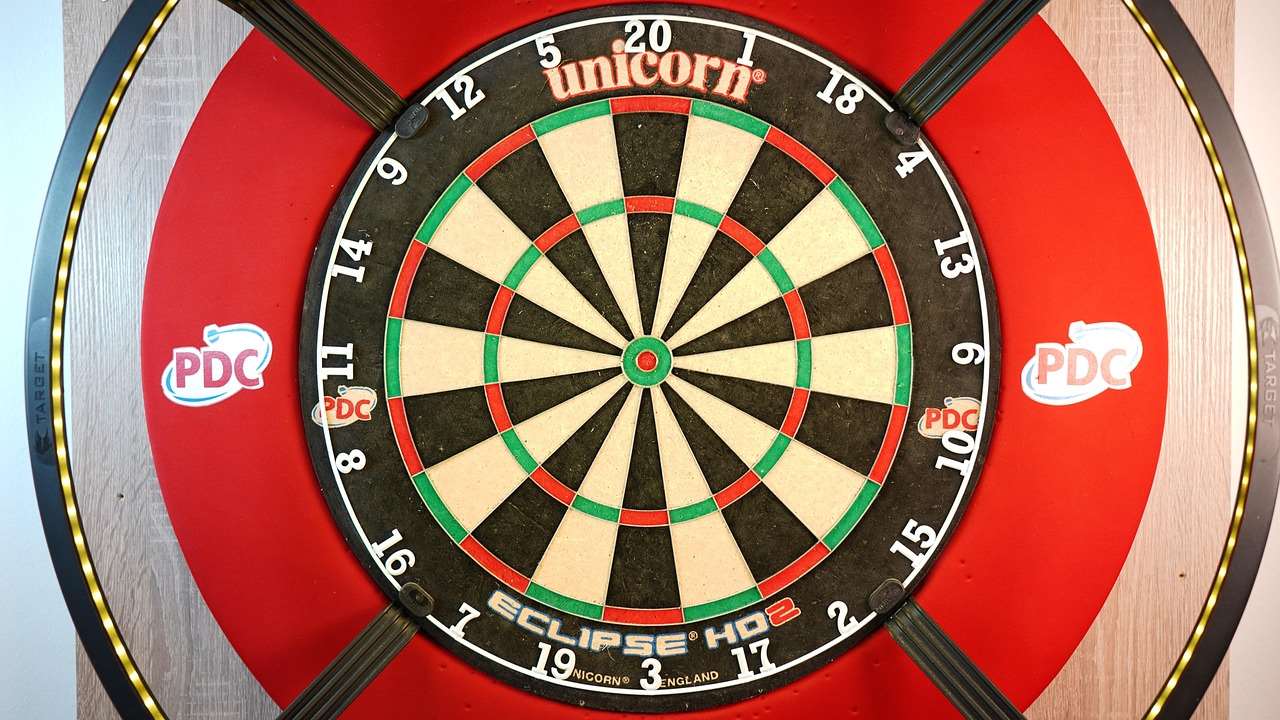
Ultimately, the most challenging 501 variation isn’t necessarily about imposing arbitrary rules or limitations. It’s about pushing yourself to improve your skills, refine your strategy, and embrace the mental challenge of the game. Whether you’re a seasoned pro or a casual player, 501 darts offers a rewarding experience for everyone willing to pick up a set of darts and step up to the oche.
Conclusion
The most challenging 501 variation is often a matter of personal preference and skill level, but handicapping generally presents the most consistent and compelling test. By implementing handicaps, incorporating new rules, or simply embracing a change in perspective, you can transform the familiar game of 501 into a fresh and exciting challenge. Experiment with different variations, find the ones that suit your style, and most importantly, have fun! Now go out there and test your skills with the most challenging 501 variation you can find!
Hi, I’m Dieter, and I created Dartcounter (Dartcounterapp.com). My motivation wasn’t being a darts expert – quite the opposite! When I first started playing, I loved the game but found keeping accurate scores and tracking stats difficult and distracting.
I figured I couldn’t be the only one struggling with this. So, I decided to build a solution: an easy-to-use application that everyone, no matter their experience level, could use to manage scoring effortlessly.
My goal for Dartcounter was simple: let the app handle the numbers – the scoring, the averages, the stats, even checkout suggestions – so players could focus purely on their throw and enjoying the game. It began as a way to solve my own beginner’s problem, and I’m thrilled it has grown into a helpful tool for the wider darts community.